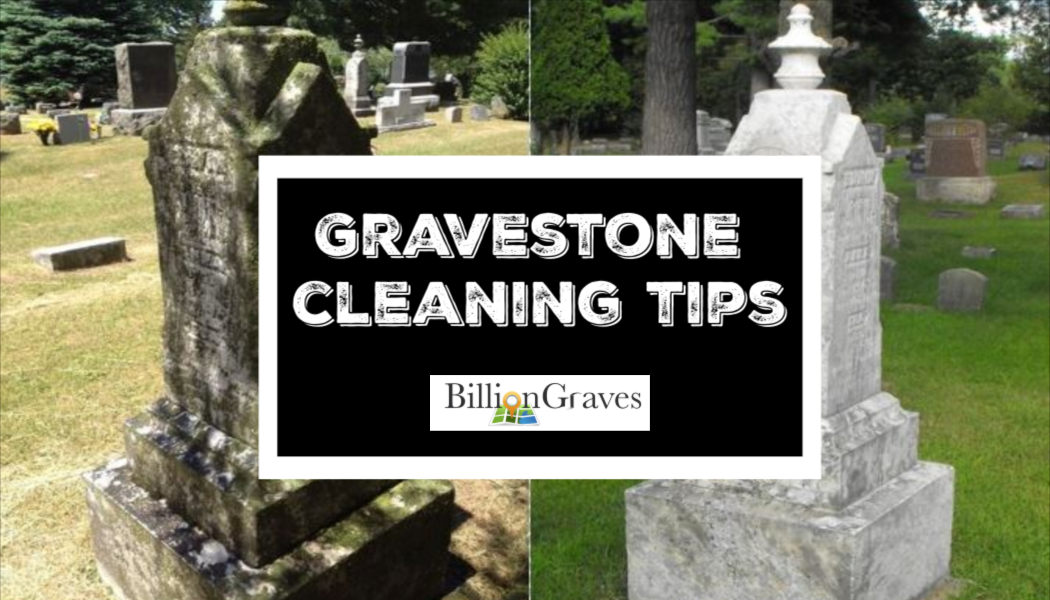
What are the basic cleaning tools a tombstone cleaner fairfield ct area services provider would use? ? The answer to this question will vary depending on the stone’s condition. Several methods are available to you, and all will require clean water. You can also use a non-ionic soap, baking soda, and bleach. However, most sources recommend not using any type of chemical cleaners on the stone. Using the correct method for the stone’s particular type of soil is vital.
Clean water
When cleaning tombstones, use soapy water to wet the stone thoroughly and brush off any growth. Be careful not to scrub too hard or it will damage the stone’s protective coating. Do not use household cleaners on monuments, unless specifically recommended by the manufacturer. Dishwashing soap, detergents and wax may be used, but avoid using non-biodegradable products. Avoid using wire brushes to clean tombstones as they can scratch the stone. Soft bristle brushes are safer and may be found in the pedicure and bath sections of the store.
When cleaning a headstone, use a soft-bristled brush to remove soil and biological growth. The brush should be wet to prevent the stone from becoming too dry. If a water hose isn’t available, try a water hose to remove the top layers of stone. If the headstone is particularly dirty, you may need to use a scraper or brush to get rid of any remaining debris. Finally, dry the headstone with clean towels.
Non-ionic soap
Gravestones need to be cleaned on a regular basis. Cleaning them with household cleaners can damage the composition of the stone and dissolve the surface, leaving deposits. For gravestones made of slate or sandstone, it is recommended to use a non-ionic soap for cleaning. The soap is safe for granite and slate headstones, and removes stains from algae and mold. Non-ionic soap for cleaning tombstones also removes stains and other forms of biological growth. For best results, you should clean your stone after two to four weeks.
To clean a gravestone using a non-ionic soap, mix about 1 cup of non-ionic soap into a gallon of warm water and clean the stone using a soft brush. To reduce the amount of water used, use a pump sprayer or spray bottle. It is recommended that you start with the bottom of the stone and work your way up to avoid streaking and additional stains.
Baking soda
There are a number of ways to clean your headstone, from a simple sponge to a more intensive scrub. A mixture of baking soda and water is a great choice to remove dirt. You should also use a soft bristled brush to scrub the grave marker. For rust stains, you’ll need special products to remove iron. Baking soda can also be used as a poultice to lift blemishes.
One of the most common and affordable ways to clean a gravestone is with a mixture of dish detergent and water. This cleaning solution works well on gravestones that have engraved lettering. Scrub the stone with a soft bristle brush in a circular motion for about eight seconds, and you can also use a dish scraper to remove excess gunk. Alternatively, you can use a cotton swab dipped in warm water to clean lettering.
Bleach
There are many reasons why you shouldn’t use bleach to clean tombstones. Generally speaking, it’s a bad idea to use bleach to clean gravestones because it can damage them. Bleach is particularly dangerous to gravestones, which are made from porous stone. Both D/2 and household bleach are effective cleaning agents that can kill mildew, algae, and mold. The best way to clean tombstones is to spray them with the recommended cleaning agent. Do not agitate the stone, as it can wear off the stone or ruin the engraving.
If you do use bleach, you need to dilute it with water. Make sure that you dilute it properly before you apply it to the stone. If the cleaner is too strong, it may cause damage. You should also be aware of the dwell time, which is how long you should leave the cleaner on the stone. This will help loosen any soiling that’s present. Be sure to follow the cleaning guidelines and follow the manufacturer’s directions for safety.